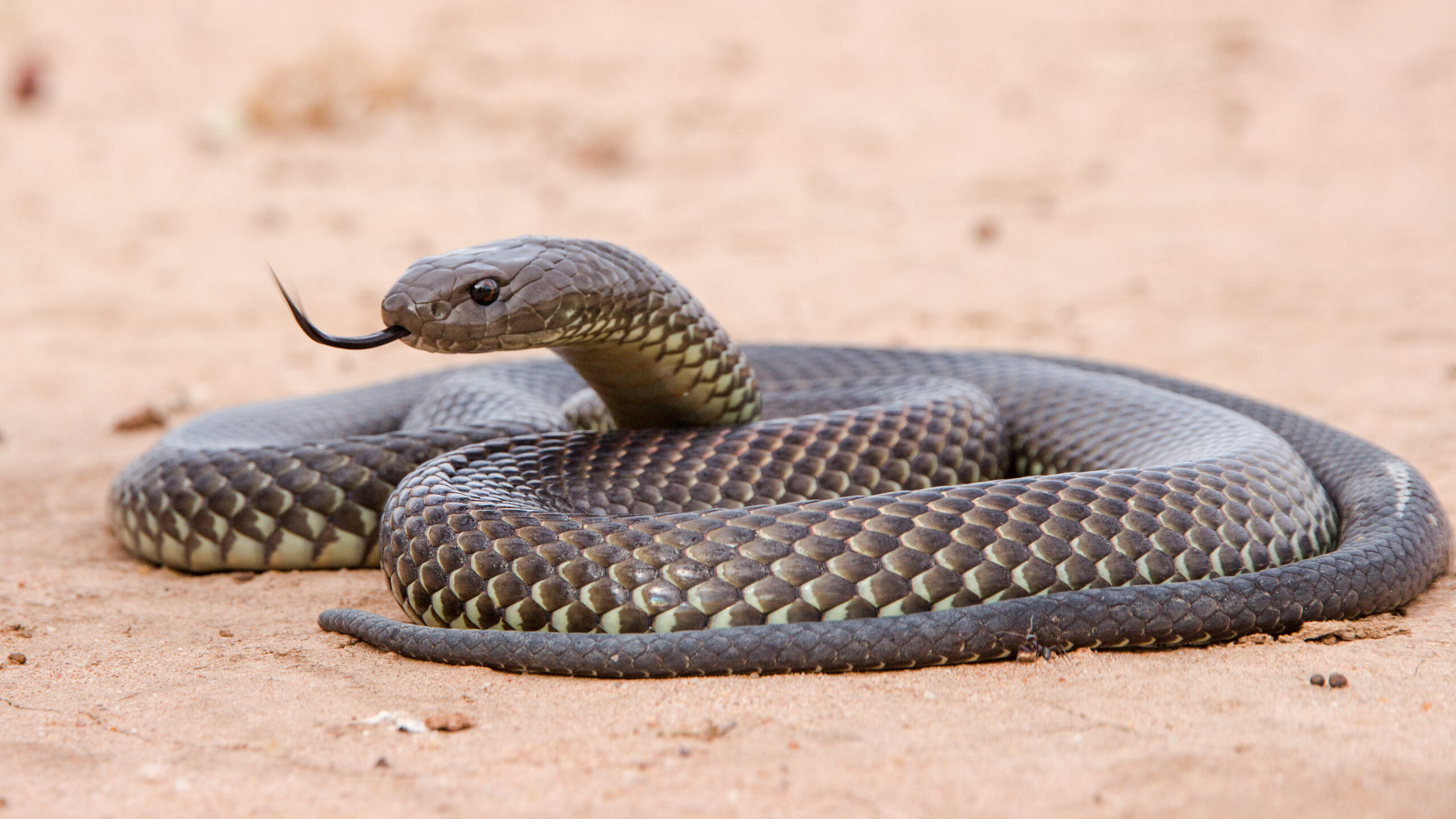Introduction
When it involves poisonous serpents, Australia is home to a few of the most interesting and hazardous varieties worldwide. Among these, the Tiger Snake stands apart not just for its potent venom however likewise for its interesting actions. Comprehending the habits of venomous serpents like the Tiger Serpent is important for both wild animals fanatics and those staying in locations where these serpents exist. This article delves into different facets of Tiger Serpent actions, environment, identification, safety measures, and first aid methods in situation of a snake bite.
Understanding the Actions of Venomous Snakes Like the Tiger Snake
The Tiger Snake, medically called Notechis scutatus, is notorious for its aggressive nature when endangered. These snakes display a variety of actions that can be fairly various from their non-venomous counterparts.
Characteristics of Tiger Snakes
The Tiger Snake is easily identifiable because of its distinct bands or stripes that look like a tiger's markings. They can vary in color from yellowish-brown to dark olive or black. This coloration offers not only as camouflage yet additionally as a caution signal to possible predators.

Adaptability to Environment
One exceptional element of their actions is their adaptability to different environments. Discovered largely in seaside areas, marshes, and wetlands across Australia and Tasmania, they can grow in diverse environments consisting of urban areas.
Hunting Techniques
Tiger Serpents are ambush killers largely eating fish, frogs, and tiny creatures. They possess eager vision and an acute sense of smell which helps them in finding target effectively.

Venom Composition
Their poison contains neurotoxins that influence the nervous system, bring about paralysis or fatality in smaller pets. For human beings, prompt medical interest is important after a tiger snake bite because of its possibly lethal effects.

Natural Environment of Tiger Snakes
Preferred Locations
Understanding where these serpents stay clarify their behavioral patterns. The tiger serpent habitat consists of:
- Coastal regions Swamps Grasslands Urban areas with bountiful water sources
Seasonal Movements
During warmer months, Tiger Snakes are more energetic as they bask in sunshine or search for food. In contrast, chillier months see them pulling away right into hibernation sites.
Are Tiger Snakes Venomous?
Yes! The concern "are tiger serpents venomous?" typically occurs among those not familiar with this varieties. Their poison is thought about one of the most dangerous among Evacuation Procedures types of snakes in Australia all snake types worldwide.
Symptoms of a Tiger Snake Bite
If bitten by a tiger serpent, signs and symptoms may consist of:
- Localized pain Swelling at the bite site Nausea and vomiting Sweating and confusion
Immediate medical assistance is essential as without treatment bites can result in extreme wellness problems or even death.
First Aid for Snake Bites: Quick Reaction Guide
Knowing just how to administer first aid for a serpent bite might conserve somebody's life. Below's what you should do:
Step 1: Continue to be Calm
Keeping tranquility aids slow down heart rate which decreases poison spread.
Step 2: Immobilize the Influenced Area
Keep the affected arm or leg still and listed below heart degree if possible.
Step 3: Call Emergency Situation Services
Always seek professional clinical assistance immediately after a serpent bite.
First Aid for Serpent Bite Set Essentials
A well-equipped snake bite emergency treatment kit must consist of:
- A compression bandage Antiseptic wipes A set of scissors An ice bag
Safety Safety measures: Stopping Serpent Bites in Australia
Awareness Programs
Educating communities regarding local snake types and their behaviors can dramatically decrease experiences bring about bites.
Avoiding Hazardous Areas
Staying far from long yard throughout warmer months lessens contact with snakes that may be relaxing or hunting.
Common False impressions About Tiger Snakes
Many people think mistaken beliefs concerning the actions of tiger snakes lead to unneeded fear. Here are some explanations:
Myth 1: All Tigers Are Aggressive
Not all tiger snakes will certainly display hostility if left undisturbed; numerous choose getting away rather than confrontation.
Myth 2: They Chase Humans
Tiger serpents do not actively go after human beings; they may strike when they really feel intimidated yet will typically retreat if offered space.
Conservation Efforts Associated with Poisonous Snakes
Conservation initiatives focus on educating areas about securing regional wild animals while reducing human-snake interactions.
Importance of Ecosystems
Understanding that venomous snakes play a necessary duty in maintaining environmental equilibrium aids foster recognition instead of concern towards them.
FAQs Regarding Tiger Snakes
What should I do if I run into a tiger snake?- Maintain distance and slowly pull back without abrupt movements.
- While bites aren't extremely usual due to understanding initiatives, they still take place yearly within Australia.
- Baby tiger serpents can deliver full dosages of venom despite being smaller sized; thus caution is suggested around them.
- They mostly take in frogs, fish, little animals like rats, and various other reptiles.
- It's illegal in most jurisdictions without proper licensing due to safety concerns concerning their venom.
- Wear tough boots and stay on marked routes; look before positioning hands or feet into concealed rooms like rocks or logs.
Conclusion
Understanding the habits of venomous serpents like the Tiger Serpent check here not only improves our knowledge however additionally advertises safety awareness among those living near their environments. From acknowledging their features, recognizing first aid procedures adhering to a bite, through involving preservation efforts-- every aspect plays an essential function in cultivating conjunction with these remarkable reptiles while valuing their area within our ecosystem.
As we grow our understanding through education and experience, we add positively towards making sure both human safety and security and wild animals conservation-- benefitting all events involved!